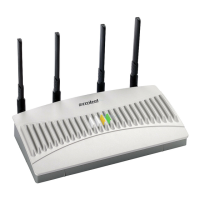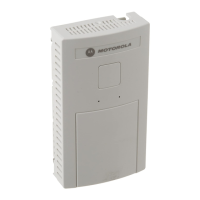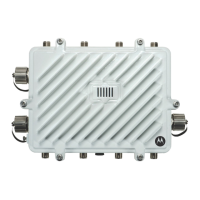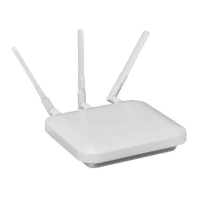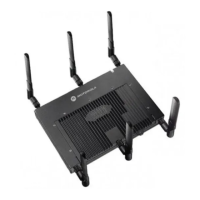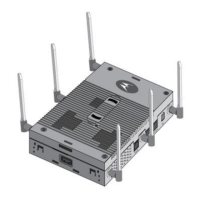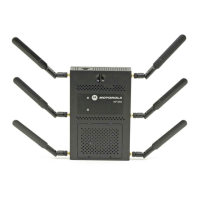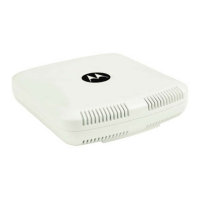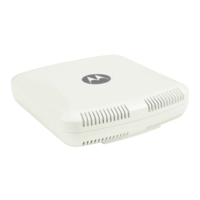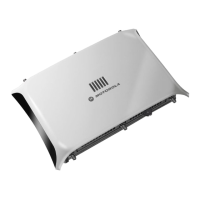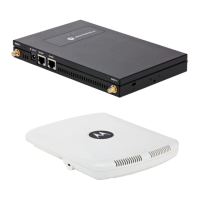AP-51xx Access Point Product Reference Guide
1-14
The Power Injector (Part No. AP-PSBIAS-T-1P-AF) is a single-port, 802.3af compliant Power over
Ethernet hub combining low-voltage DC with Ethernet data in a single cable connecting to the access
point. The Power Injector’s single DC and Ethernet data cable creates a modified Ethernet cabling
environment on the access point’s LAN port eliminating the need for separate Ethernet and power
cables. For detailed information on using the Power Injector, see Power Injector and Power Tap
Systems on page 2-10.
The Power Tap (Part No. AP-PSBIAS-5181-01R) is also a single-port, 802.3af compliant Power over
Ethernet hub combining low-voltage DC with Ethernet data in a single cable connecting to the access
point. However, the Power Tap is designed and ruggedized for use with an AP-5181’s outdoor
deployment. For detailed information on using the Power Tap, see Power Injector and Power Tap
Systems on page 2-10.
1.2.14 MU-MU Transmission Disallow
The access point’s MU-MU Disallow feature prohibits MUs from communicating with each other even
if they are on different WLANs, assuming one of the WLAN’s is configured to disallow MU-MU
communication. Therefore, if an MU’s WLAN is configured for MU-MU disallow, it will not be able to
communicate with any other MUs connected to this access point.
For detailed information on configuring an WLAN to disallow MU to MU communications, see
Creating/Editing Individual WLANs on page 5-30.
1.2.15 Voice Prioritization
Each access point WLAN has the capability of having its QoS policy configured to prioritize the
network traffic requirements for associated MUs. A WLAN QoS page is available for each enabled
WLAN on either the 802.11a or 802.11b/g radio.
Use the QoS page to enable voice prioritization for devices to receive the transmission priority they
may not normally receive over other data traffic. Voice prioritization allows the access point to assign
priority to voice traffic over data traffic, and (if necessary) assign legacy voice supported devices (non
WMM supported voice devices) additional priority.
For detailed information on configuring voice prioritization over other voice enabled devices, see
Setting the WLAN Quality of Service (QoS) Policy on page 5-39.
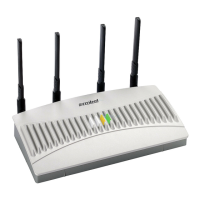
